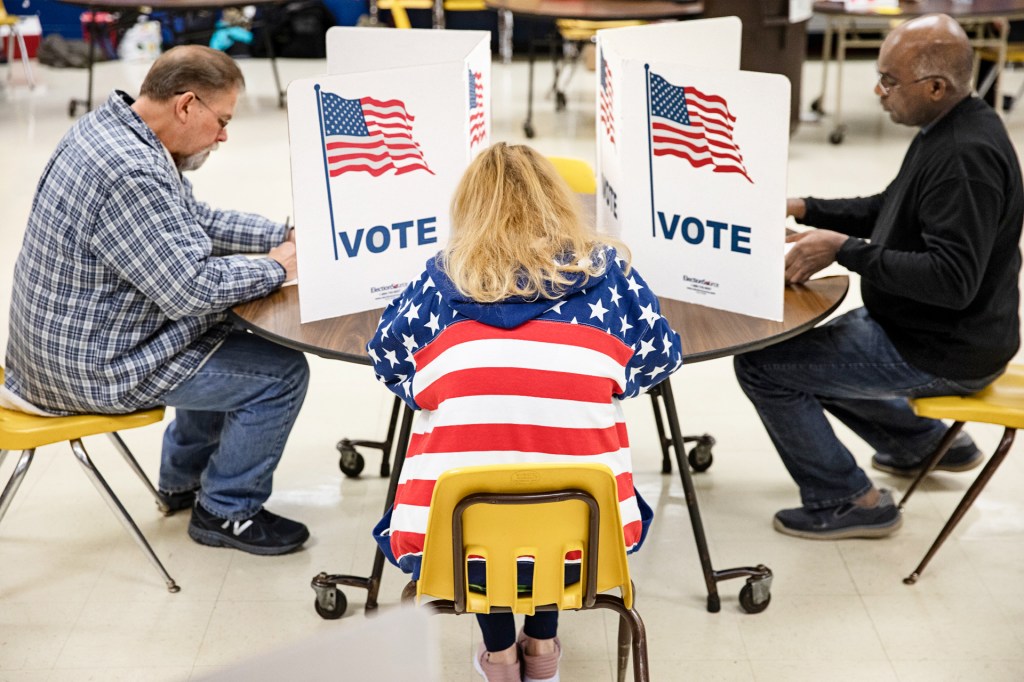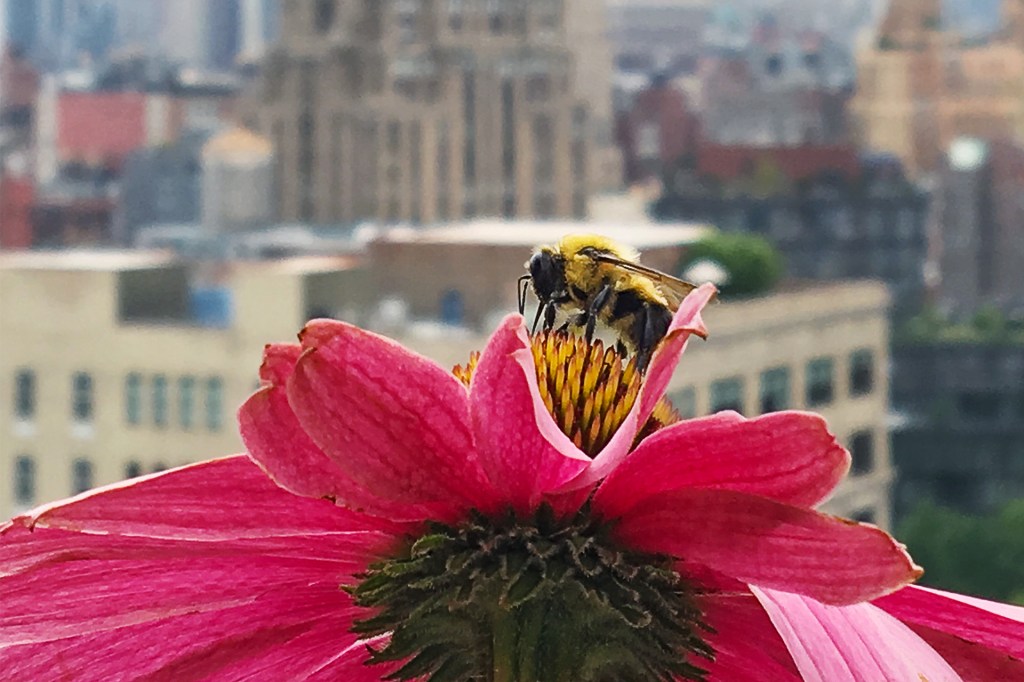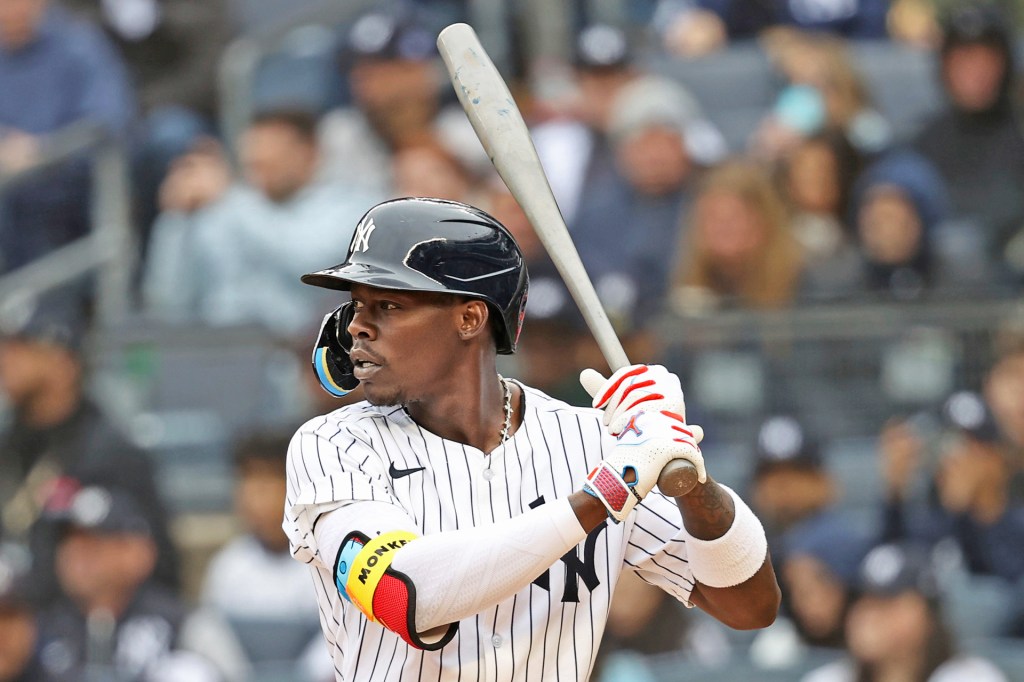TFK Explains: Primaries and Caucuses

Election season begins on January 15, with Iowa’s caucuses. State caucuses and primaries are held before every presidential election. The Republican and Democratic Parties hold them to select a candidate to run in the general election. TFK explains how primaries and caucuses work.
What is a primary?
A primary is like other elections. A state’s voters cast their votes for a candidate to run for president in November. Most states are holding primaries this year.
How does a caucus work?
A caucus is not like an ordinary election. It’s a community gathering. It’s organized by a political party. There can be many of them taking place in a state. Voters hear speeches and debates. Then they vote by casting a secret ballot. Or they might divide themselves into groups according to the candidate they support. This year, caucuses are scheduled in nine states.
How are the presidential nominees selected?
When voters cast a ballot for a candidate, they’re actually selecting delegates. These are people who represent the state at their party’s national convention. That takes place in the summer. The number of delegates a candidate gets depends on the number of votes the candidate gets. Every candidate hopes to win an unbeatable majority of delegates. At the convention, the delegates nominate one candidate to represent the party.
When will we know the results?
This year, the Iowa Caucus is on January 15. The first primary will take place in New Hampshire. It’s on January 23.
But keep an eye on Super Tuesday. That will be March 5. A majority of states will hold their primaries and caucuses. About one-third of all delegates can be won on this day. It won’t be enough for any candidate to clinch the nomination. But it could give us a sense of those who might win at the national conventions.
Stop and Think! What questions do you still have about selecting a presidential nominee? Where can you go to find trustworthy information?












